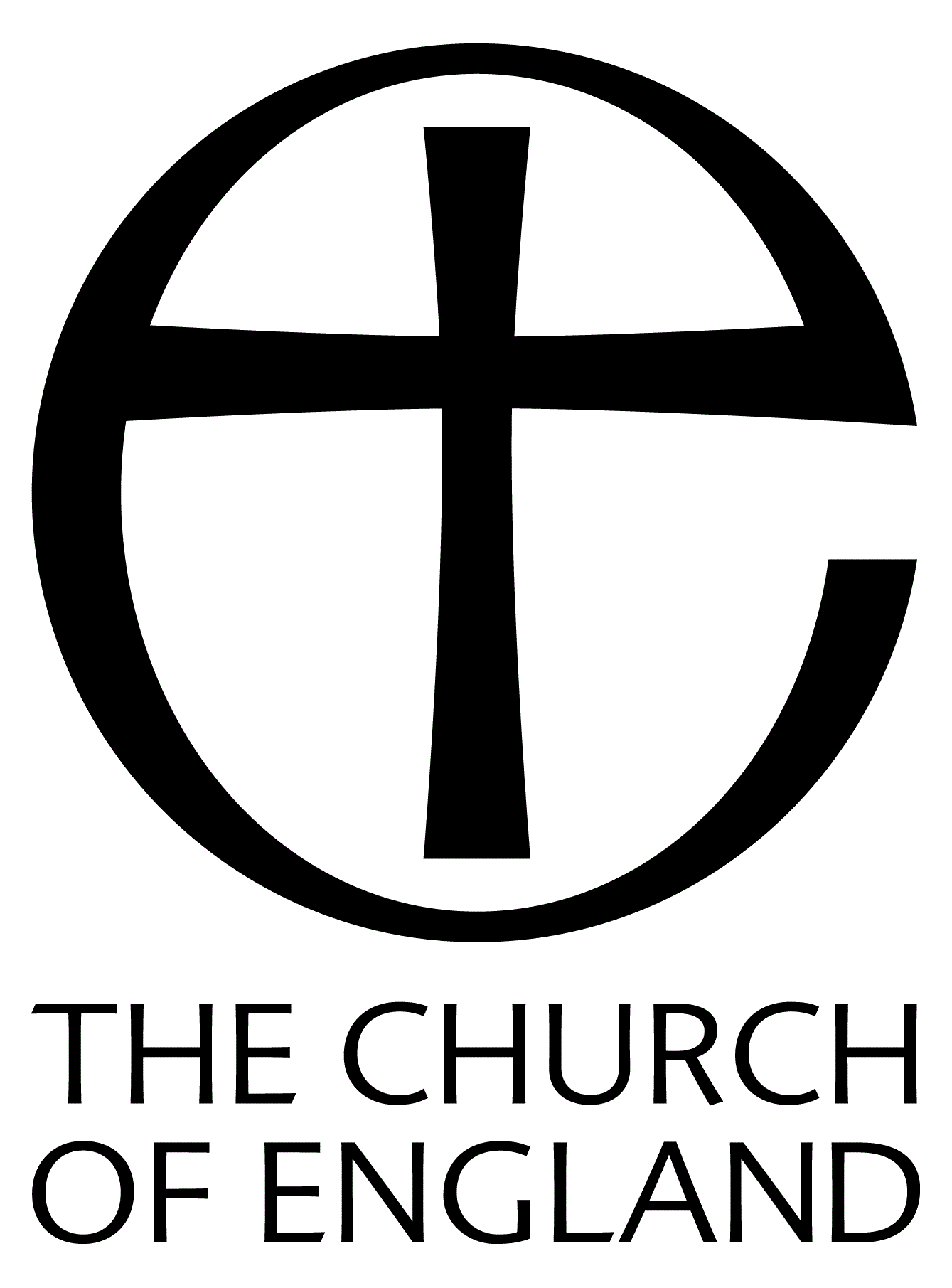

Sapiston
Our Church
In 1972 St Andrew's, Sapiston, was declared "Redundant", its care transferred to the Redundant Churches (now Churches Conservation) Trust. BCP Communion Services are held there at Christmas and Easter, with a Pet Service in the churchyard in the summer.
There was an earlier structure before building work started in the 12C on this lovely church. The village, as was clear from the visible earthworks, surrounded the church. It was thought that the plague killed the village, but it is possible that it was the occupation of the villagers (Sapiston means soaprnakers) that caused the move to the north to its present site. At this time, sheep were considered more valuable than people. The move left the lovely church isolated. It is now bounded by the garden of Foxborough House (which stands in the ancient Foxborough Meadow), and by farmland belonging to the Euston Estate.
The churchyard is a peaceful idyll with several 18C headstones decorated with cherubs faces, amongst which is one dedicated to William Austin. He was the employer of Robert Bloomfield who wrote of his Honington and Sapiston experiences in the famous poem The Farmers Boy,published in 1800.
The church consists of a tower, nave and chancel dating from the late 1200s. It was once thatched but was re-roofed with Barnham tiles in July 1885. On the North side is a 14C doorway containing a medieval door, and a trefoil headed lancet window of the late 1200s. On the outside wall beneath the East window, there remain two rings where horses were tethered. This window dates from around 1300.
The square tower, which was added to the Norman nave in 13C, has double belfry windows. The South porch protects the magnificent Norman doorway dating from 1100. Two octagonal shafts support two orders of roll moulding. On each outer cushion is a rare mass dial indicating the times of the services; this was before the days of the clock. The blocks reflect a peacock displaying its feathers with a medieval head looking down on it.
The interior is filled with light from the clear glass 13C traceried windows enhanced by the lime-washed walls. The division between nave and chancel is seen in the roof the nave roof has a medieval scissorbeam framework dating from I 4C. The chancel roof is a boarded ceiling.
The font has a plain octagonal bowl supported by four circular pillars from the late 13th Century. On the wall nearby is the Royal Coat of Arms of George II. Above the alcove in the North wall can be seen traces of a wall painting depicting the martyrdom of Saint Edmund. Beside this is one of four consecration crosses.
In the South wall of the chancel is a delightful 14C piscina containing an Eight lobed drain. There is a miniature copy in the arch above.
The War Memorial on the North wall records the names of seven Sapiston men who died in World War 1. The Rev'd Arthur Rogers, priest here for 25 years, who died in 1840, has a small plaque in his memory over the priest's door in the South wall. Opposite is a memorial to John Bull who died in 1643. Two 17C ledger slabs in the floor are both memorials to members of the Aldham family, who owned the manor here.
There are four bells (not hanging), the oldest cast by Brasyer's Norwich Foundary in 1480.
In recent times Sapiston Church and the surrounding countryside has been used in filming parts of the television series Dad's Army.
Our Parish
The parish of Honington & Sapiston is, historically, two Suffolk "estate" villages, separated by the River Blackbourne, which retained their separate identities well into the 20th century, each with its own simple medieval church, school, pub, post office, shop and bakery. In Honington the excellent primary school and pub remain.
Not so many years ago, the prosperity of the two villages was integral with the Euston Estate but now, although strong links remain, very few parishioners are in estate employment. Within our community, we have professionals, artisans, agricultural workers and civil employees of the adjacent RAF Station.
After a great deal of time and effort by the village hall committee, a lovely new village hall was built in 2014 in Sapiston. It serves the many community organisations and their events: Church soup lunches in winter, coffee mornings, the W.I., art and camera groups, the Parish Council, indoor bowls, Over 60s monthly games club and the annual village show. The recently re-opened pub "The Fox", also contributes to the varied amenities we have in our parish. Our monthly village newsletter informs everyone of the various activities.
The combined parish of Honington and Sapiston was established in 1972, when St. Andrews, Sapiston was declared redundant, its care transferred to the Redundant Churches Trust, now called the Churches Conservation Trust. Although no longer the parish church, St. Andrews continues to have its place in the community, with permission from The Trust for a few services in it during the year, mainly for the Easter, Harvest and Christmas festivals.
At All Saints, Honington, we celebrate Easter, Harvest, Christingle and Carol services, all of which are well-supported. We are also very involved with our Church of England Primary School next door, who visit us regularly.



